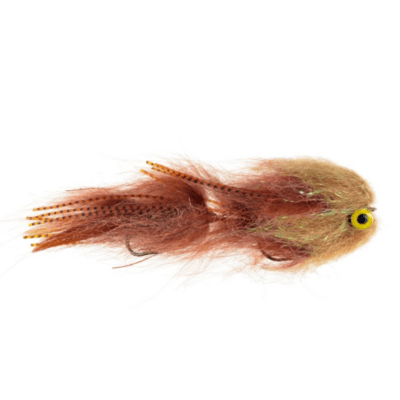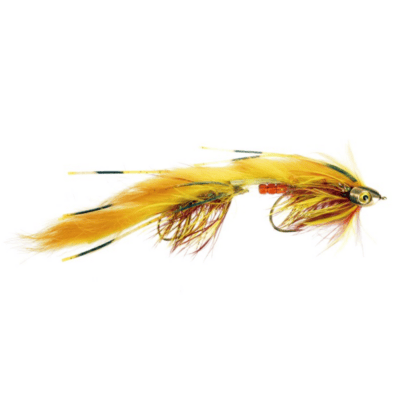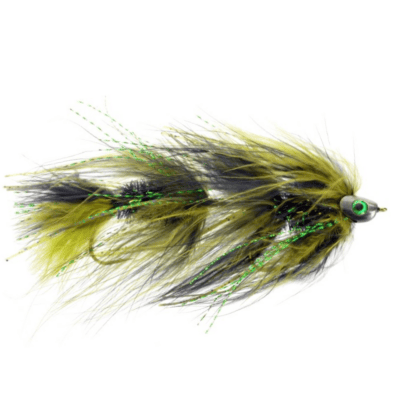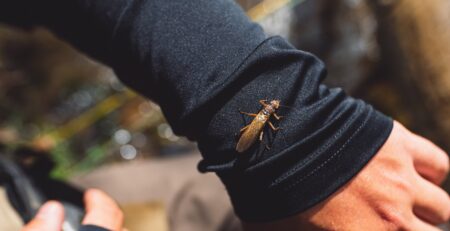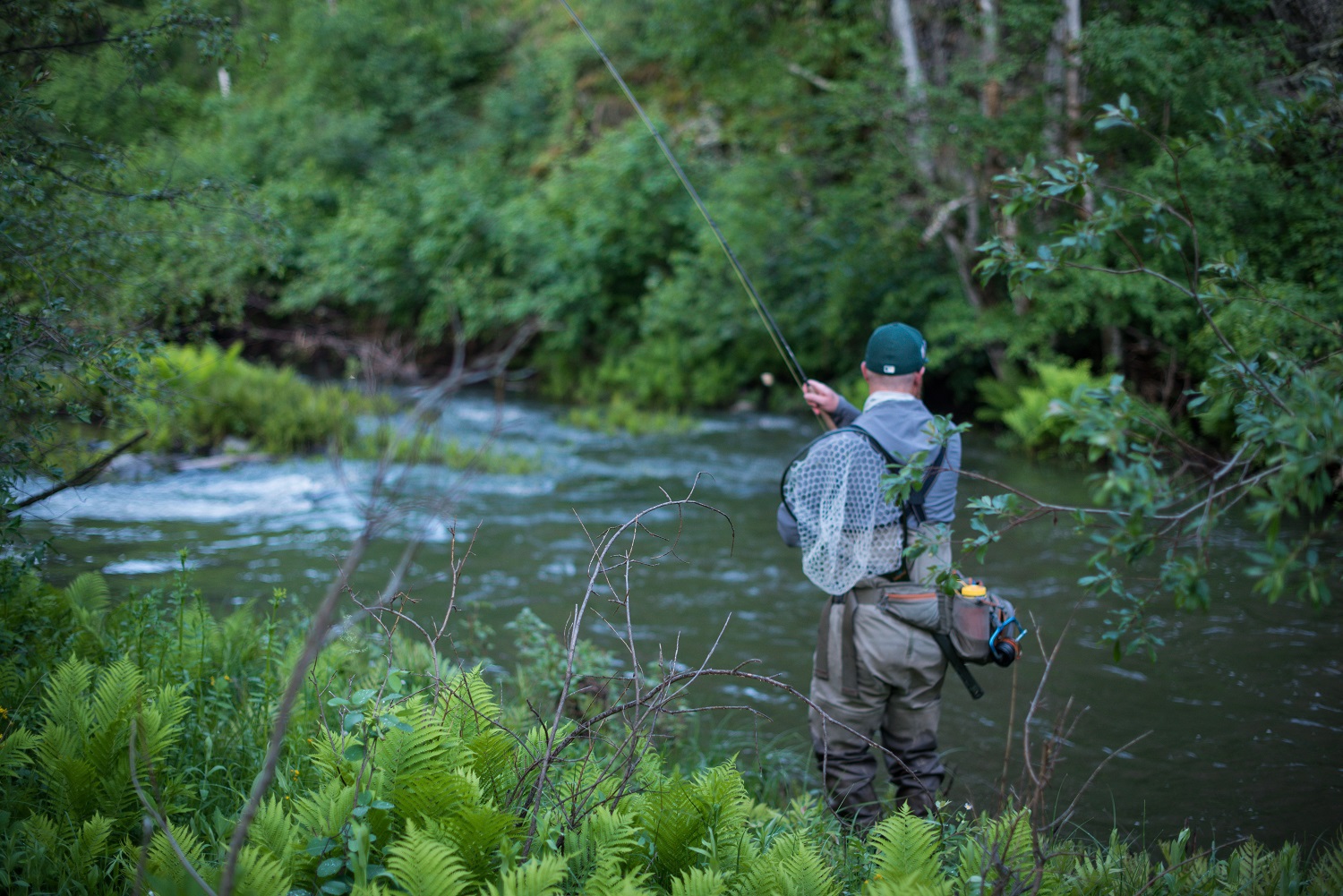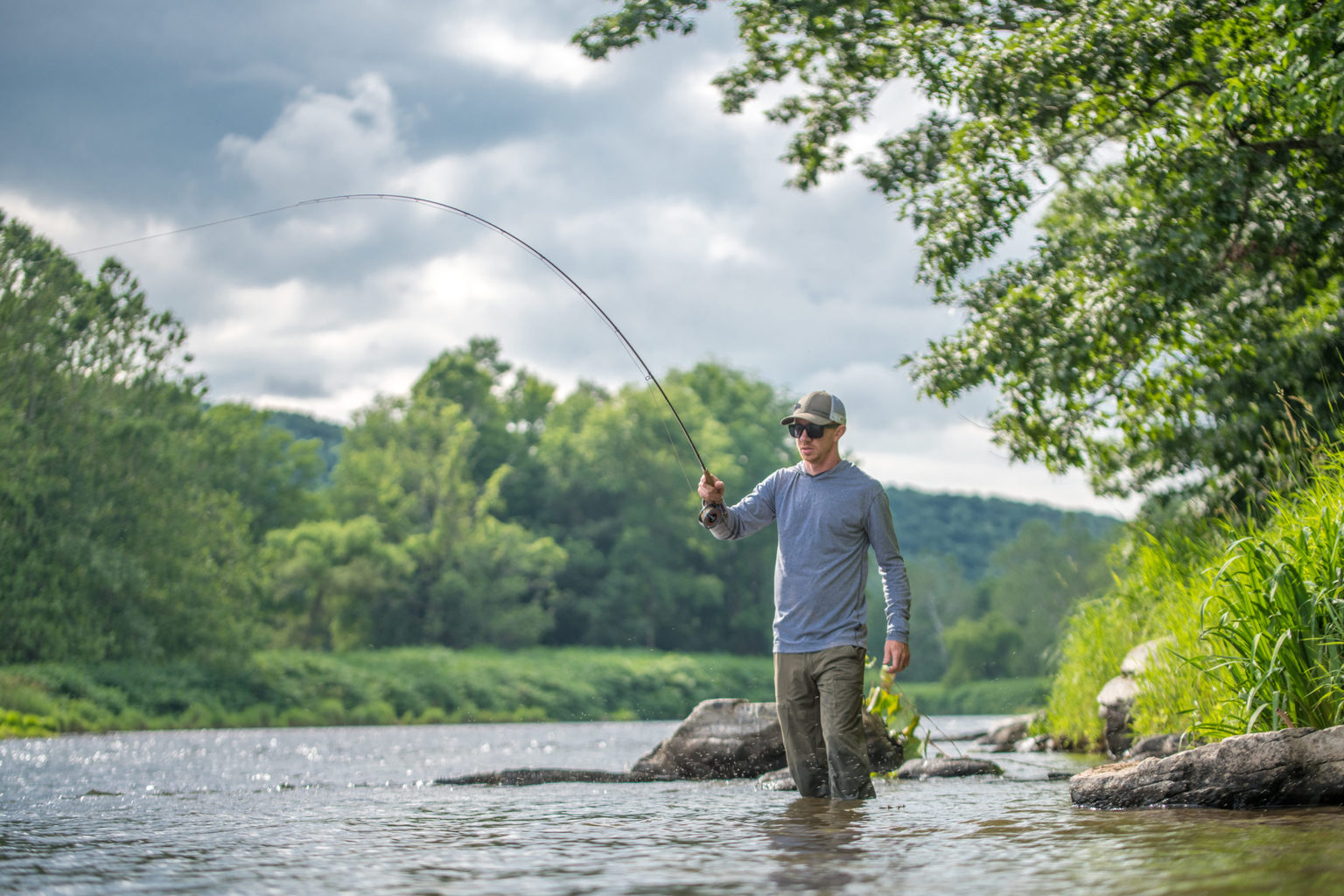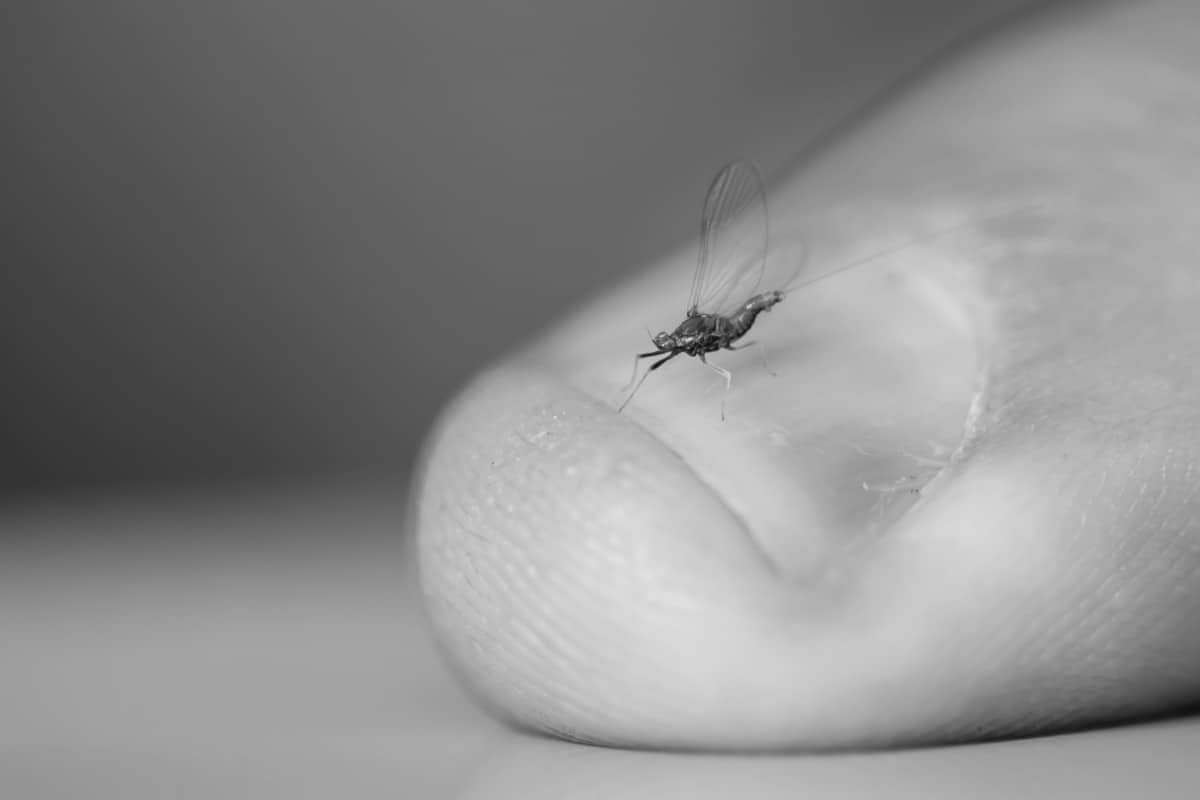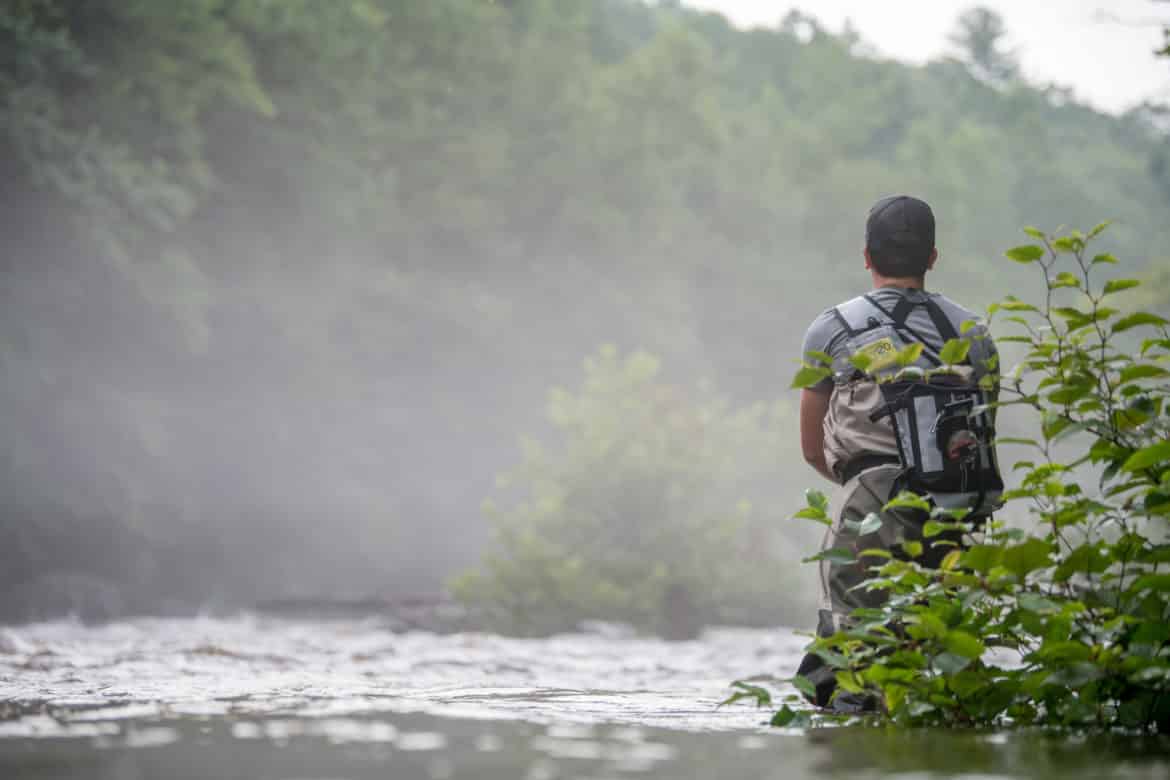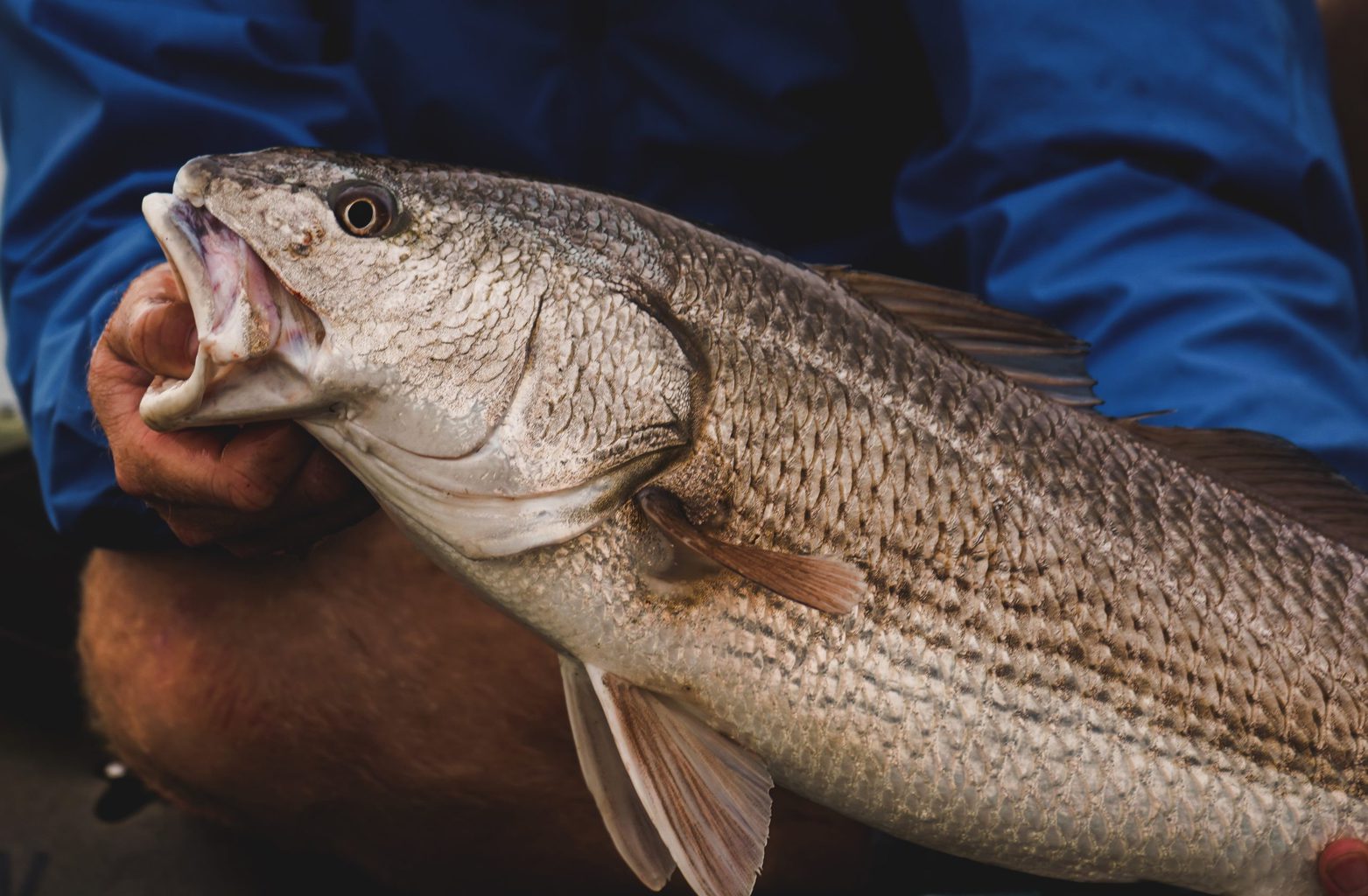The Breakdown On Fly Fishing Nymph Flies
Just like every other type of fly there are different types of species you should be imitating. Your fly box should have a variety of patterns imitating each species found in your water. For example, if there is a large population of stone flying nymphs in the stream that you’re fishing it is very likely that using a stonefly nymph will bring you success.
Different type of nymph flies

Above are a variety of different types of insect species with their adult life stages that you will be imitating with nymph patterns:
| Stonefly Mayfly Midges Damselfly | Caddis Scud / Shrimp Cranefly Dragonfly |
It’s also important to recognize the non-insect patterns that you can also use nymph patterns to imitate:
Of course, you can break each species into common categories of fly types, each with their different purposes and are better in certain situations than others.

What is a Nymph Fly
In simplistic terms, a nymph fly is a type of fly fishing fly that imitates the naturally occurring insect larva and nymphal stages of aquatic insects commonly found in streams, rivers, ponds, and lakes.
Nymphs are commonly found under or on rocks, in aquatic vegetation, fallen tree branches in the water, and even in gravel, sand, or loose sediment.
They do not have wings nor can they fly in this insect stage. Instead, they scavenge and hunt for food by crawling along the streambed, which means they constantly live underwater. Because of this all nymph patterns found in fly fishing are used to sink and to be fished under the water.
Fly fishing nymph patterns are characterized by the following:
- Sink underwater.
- Imitate the nymphal and larva stages of aquatic insects found under the surface.
- Do not float.
- Can be weighted by beads or wire wrappings or unweighted.

The Hare’s Ear Nymph is a textbook example of a nymph fly. It features a gold colored bead with wire wraps on the underbody. The specific purpose of this pattern is to sink near the bottom and imitate a large variety of nymph stages.
What makes nymphs different from wet flies?
Nymphs are actually a subcategory of wet flies. In the family tree of fly fishing flies it’s splits off into wet flies and dry flies, which nymph patterns fall under the wet fly category because they sink.
Wet flies are characterized by the following:
- They sink.
- Meant to be fished under the water.
- Imitate the aquatic insects and their respective life-cycles found under the water.

Dusty’s Olive Soft Hackle is a classic wet fly pattern. Overall, this pattern is designed to be extremely light with no added weight and be fished near the surface — at the top of the water column.
With that being said, most fly anglers see wet flies as an entirely different category of light and thin fly patterns to be fished submerged under the water. Let’s say you were to walk into a fly shop and ask to see wet flies, more often than not they will show you a selection of soft hackled patterns — patterns that have very little weight and are characterized by a slim profile with a feathered collar near the eye of the hook. Soft hackled wet flies represent an emerging insect’s ascent to the surface.
So when you ask what the difference between a wet fly and a nymph fly is you can get 2 entirely different answers.
- Wet flies are lightweight flies that imitate an emerging insect, and nymphs are imitating the larvae crawling on the bottom.
- Wet flies are the parent-category to nymph flies. Nymphs are wet flies since they both sink.
Both are correct, and there’s no real good reason why. It is simply just the current fly fishing community’s culture.
Don’t get hung up on the terminology, most experienced anglers do not reference to certain patterns as just simply “wet flies.” They use more specific terms to describe the fly such as the following:
Fly Fishing Made Easy 👍
Our Quarterly Fly Club ships 1,000’s of flies to anglers all across the United States. Receive curated fly assortments selected for the season with in-depth articles on how to fish them. Great for beginners to learn and for intermediates to discover new flies.
What is the difference between nymphs and streamer flies?
A good rule of thumb is that nymphs imitate subsurface insects and aquatic worms in bodies of water.
Streamer flies are a group of non-insect subsurface patterns that are meant to be fished under the water. These flies are meant to imitate swimming and intensely active food sources such as minnows, bait fish, sculpin, and leeches that are commonly found in streams, rivers, lakes, and ponds.
Such streamer patterns include:
However in some cases you’ll find small streamers for large swimming insects like dragonfly nymphs.



